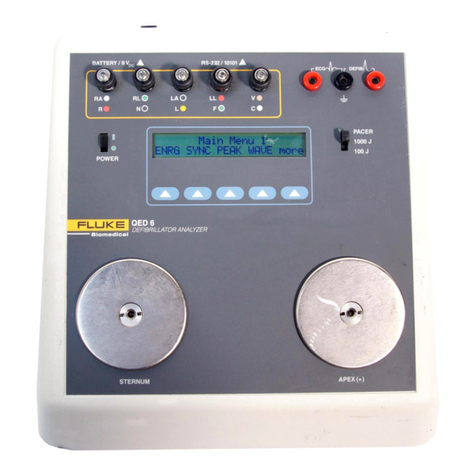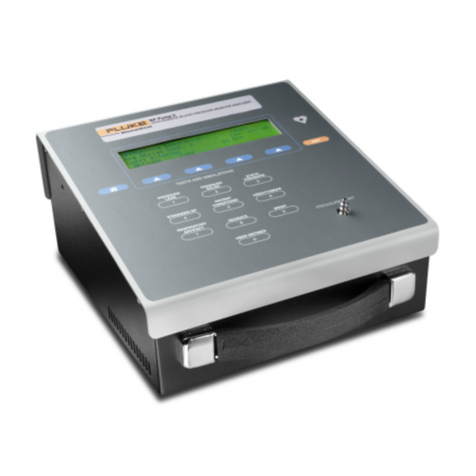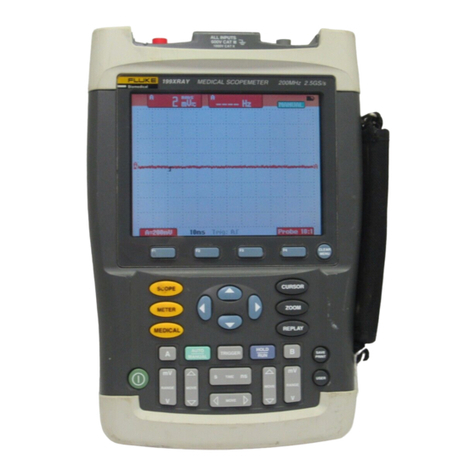
Index 2MF
Users Guide
ii
Evaluating Test Results ..................................................................................... 3-2
Simulator Functionality ..................................................................................... 3-2
4 The Main Menus .................................................................................. 4-1
Introduction........................................................................................................ 4-1
The Main Menu 1 .............................................................................................. 4-1
The Main Menu 2 .............................................................................................. 4-3
5 Configuring the Simulator.................................................................. 5-1
Configuring for Specific Oximeter Make.......................................................... 5-1
Accessing the Make Menu................................................................................. 5-1
Verified Oximeter Makes .................................................................................. 5-2
R-Curve Specifications...................................................................................... 5-2
Customizing a Make Not Included Within Index 2MF ..................................... 5-3
Operation ........................................................................................................... 5-4
6 Setting and Changing Simulation Factors........................................ 6-1
About Simulations and Presets .......................................................................... 6-1
Setting Simulations............................................................................................ 6-1
The Simulations Menu .................................................................................. 6-1
Changing the Default SpO2Setting .............................................................. 6-3
Setting the O2Saturation Level..................................................................... 6-3
Raising or Lowering the Pulse Rate .............................................................. 6-4
Returning to Main Menu 1............................................................................ 6-4
Using Preset Patient Conditions......................................................................... 6-4
Setting the Light Artifact................................................................................... 6-7
Setting 02and Pulse Rate Step Size .................................................................. 6-8
7 Testing the Pulse Oximeter Limits..................................................... 7-1
Introduction........................................................................................................ 7-1
Testing Pulse Oximeter Limits .......................................................................... 7-1
Simulating Oxygen Conditions.......................................................................... 7-1
Simulating the Pulse Rate.................................................................................. 7-3
Simulating Pulse Amplitude.............................................................................. 7-5
Simulating Asystole or No Pulse....................................................................... 7-7
8 Using Test Programs .......................................................................... 8-1
The AUTO Menus ............................................................................................. 8-1
Navigating Through the Programming Process............................................. 8-1
The Program Definition Cycle ...................................................................... 8-2
The Automatic Test Parameters .................................................................... 8-2
Accessing the Autosequences Menu (AUTO)............................................... 8-3
Creating a Custom Test Program (Autosequence)............................................. 8-4
Selecting a Test Program............................................................................... 8-5
Optionally Renaming the Test Program........................................................ 8-6
Configuring the Program............................................................................... 8-7
Selecting Print Settings............................................................................. 8-8
Setting the 02Level .................................................................................. 8-9
Setting the Pulse Rate................................................................................ 8-9
Setting the Simulation Cycle..................................................................... 8-10
Selecting the Make.................................................................................... 8-10
Choosing Your Tests................................................................................. 8-11






























